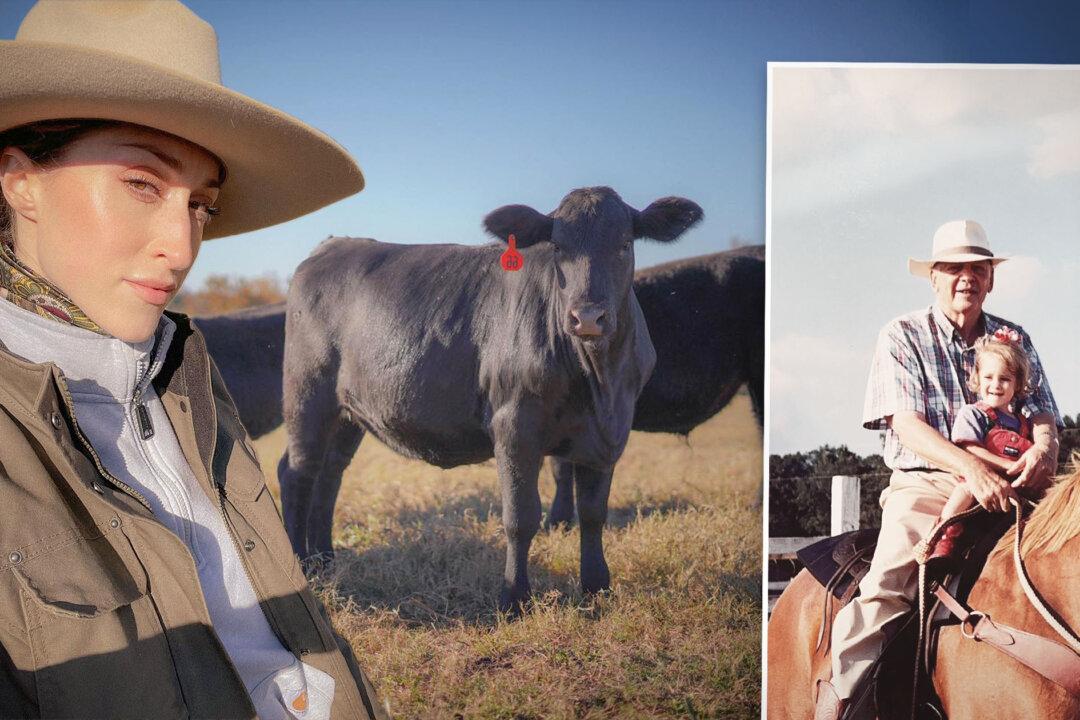Old-fashioned family cattle farms—like the dying embers of a campfire—are on the brink of being snuffed out into ashes in the United States.
But it might not be too late to save them.

Old-fashioned family cattle farms—like the dying embers of a campfire—are on the brink of being snuffed out into ashes in the United States.
But it might not be too late to save them.